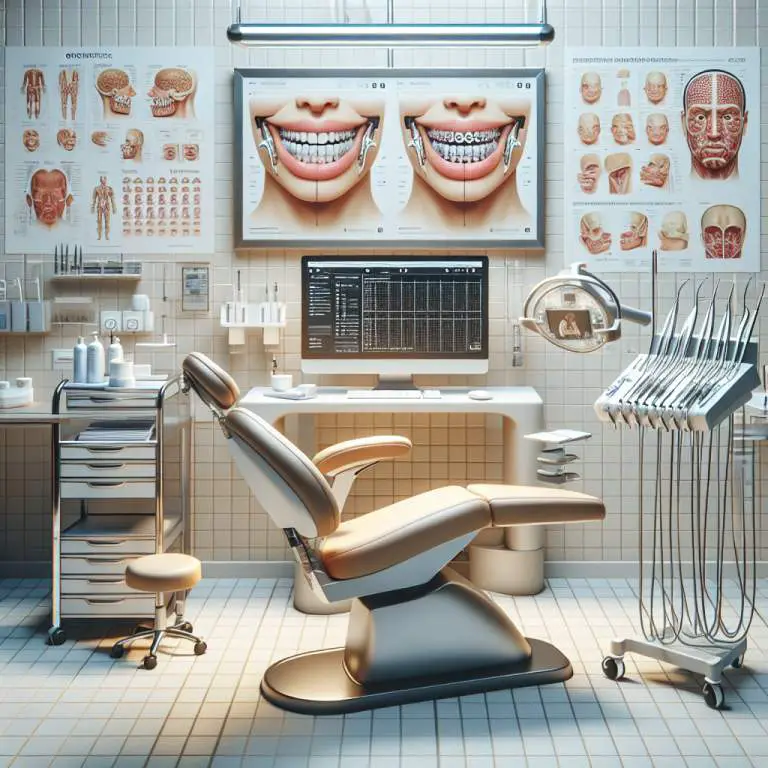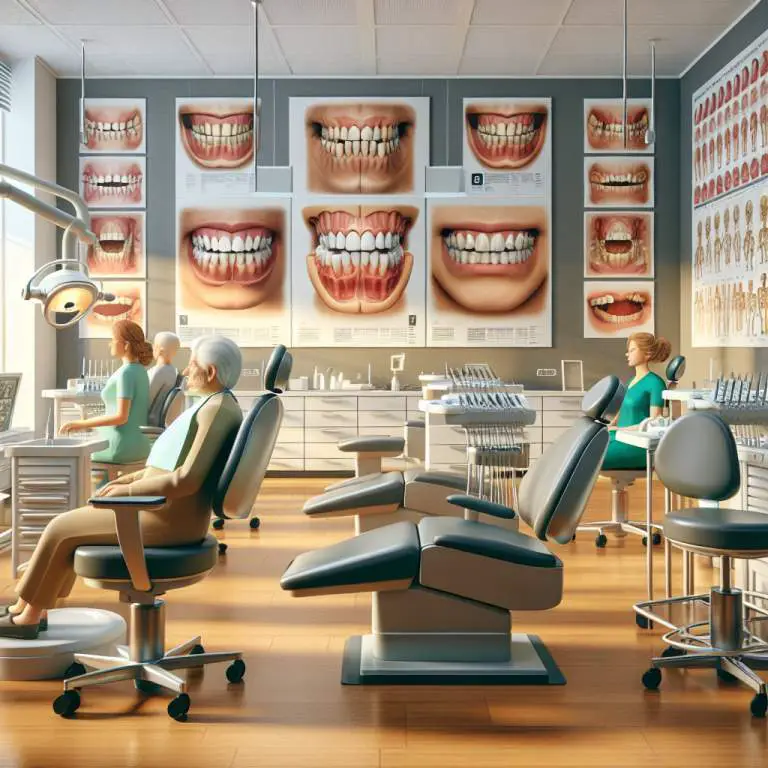How do sleep positions affect mewing results?
Sleep positions can impact mewing results because they affect the posture of your neck and jaw. Sleeping on your back is often recommended as it helps maintain a neutral spine position, which supports proper jaw alignment. On the other hand, sleeping on your stomach can press your face into the pillow, potentially disrupting the alignment you’re working to achieve with mewing. Therefore, choosing the right sleep position can enhance the effectiveness of your mewing practice.

How does mewing work and what are its purported benefits?
Mewing is a technique that involves placing your tongue against the roof of your mouth. This position is held throughout the day to help improve facial structure. The idea behind mewing is that it can change the way your face looks by influencing the bones in your jaw and skull.
People who practice mewing believe it has several benefits. They say it can make your jawline more defined, improve breathing, and even straighten out crooked teeth. While these claims have supporters, it’s important to remember that changes can take a long time and results vary from person to person.
What is the ideal tongue posture for effective mewing?
The perfect tongue posture for mewing involves placing the entire tongue against the roof of the mouth. This includes both the tip and back of the tongue. The goal is to have as much of your tongue’s surface area in contact with the roof as possible without causing discomfort.
To achieve this, you should gently press upwards with your tongue and maintain this position as much as you can during the day. It might feel strange or difficult at first, but with practice, it becomes easier. Remember, consistency is key to seeing any potential benefits from mewing.
Can sleep positions impact facial structure and muscle tone?
Yes, sleep positions can indeed affect facial structure and muscle tone over time. When you sleep in certain positions night after night, it puts pressure on specific parts of your face and neck. This prolonged pressure can potentially influence how your muscles develop and how your facial features are shaped.
For example, sleeping on your stomach with your face pressed into a pillow might lead to asymmetries or changes in muscle tone due to uneven pressure distribution. Similarly, resting on one side more than the other could result in one side of your face developing differently than the other.
How do different sleep positions directly affect mewing progress?
Different sleep positions can have varying impacts on mewing progress because they influence how well you maintain proper tongue posture at night. If you’re sleeping in a way that forces your mouth open or presses part of your face into a pillow, maintaining that ideal tongue position becomes harder.
Sleeping on your back is generally considered better for mewing progress because it allows for natural alignment without putting extra pressure on either side of your face or jaw. However, everyone’s body reacts differently, so paying attention to how different sleeping positions affect you personally is crucial for optimizing mewing results.
| Sleeping Position | Impact on Mewing Effectiveness | Additional Notes |
|---|---|---|
| Back (Supine) | Positive | Promotes natural spine alignment and may enhance mewing results by maintaining proper tongue posture. |
| Side (Lateral) | Moderate | Can still be effective if the head is properly aligned with the spine, but there’s a risk of asymmetrical facial development if favoring one side. |
| Stomach (Prone) | Negative | Puts pressure on the jaw and face, potentially disrupting optimal tongue posture and leading to adverse effects on mewing progress. |
What are the best sleep positions for enhancing mewing results?
Sleeping on your back is often considered the best position for enhancing mewing results. This position helps maintain proper spine alignment and allows your tongue to rest in a natural position against the roof of your mouth. It prevents any unnecessary pressure on your jaw and face, which can interfere with the benefits of mewing.
On the other hand, sleeping on your stomach is generally discouraged as it forces your face and jaw into the pillow, potentially misaligning your jaw or pressing your tongue down. Side sleeping can be a middle ground, but it’s important to ensure that your head and neck are properly supported to avoid tilting that could disrupt optimal tongue posture.
Are there any specific pillows or supports recommended for mewing practitioners?
Yes, certain pillows and supports can help maintain the ideal posture for mewing while you sleep. Orthopedic or cervical pillows are designed to support the natural curve of your neck, promoting better alignment of the spine, head, and jaw. These pillows can be particularly beneficial for back sleepers by helping maintain an open airway and proper tongue positioning.
For side sleepers, body pillows or side sleeper pillows that keep the neck aligned with the rest of the spine are recommended. They help prevent rolling onto the stomach and ensure that the face remains unpressed against the pillow, which could otherwise affect mewing progress negatively.
How can one adjust their sleeping habits to improve mewing outcomes?
Making small adjustments to your sleeping habits can significantly impact your mewing outcomes. Start by consciously beginning your night in the recommended back-sleeping position with appropriate pillow support. This encourages muscle memory over time, making it more likely you’ll maintain this position as you sleep.
In addition to physical adjustments, consider incorporating relaxation techniques before bed to reduce tossing and turning. Practices such as meditation or deep-breathing exercises can promote deeper sleep in the correct posture. Ensuring a comfortable mattress that supports spinal alignment also contributes positively towards maintaining ideal sleeping positions for effective mewing.
Final Thoughts
Improving mewing outcomes through optimized sleep practices involves a combination of choosing suitable positions, using supportive pillows, and adjusting habits for better alignment and relaxation. While back sleeping is generally preferred for its alignment benefits, individual comfort should guide adjustments in practice.
Remember that consistency is key; integrating these practices into a nightly routine may take time but will ultimately enhance both sleep quality and mewing effectiveness. With patience and persistence, achieving desired facial structure improvements through optimized sleeping positions is within reach.







